Home Renovation Tips – Simple and Easy!
Home renovations can feel scary, especially if you’re a first-time homeowner.
From planning, budgeting, sourcing the right materials and finding a good contractor. You need a lot of planning in order to avoid losing money. To help you with your home renovation plan, today, we’ll share a home renovation checklist. This checklist will help you plan better, whether you are renovating a landed house or a condominium.
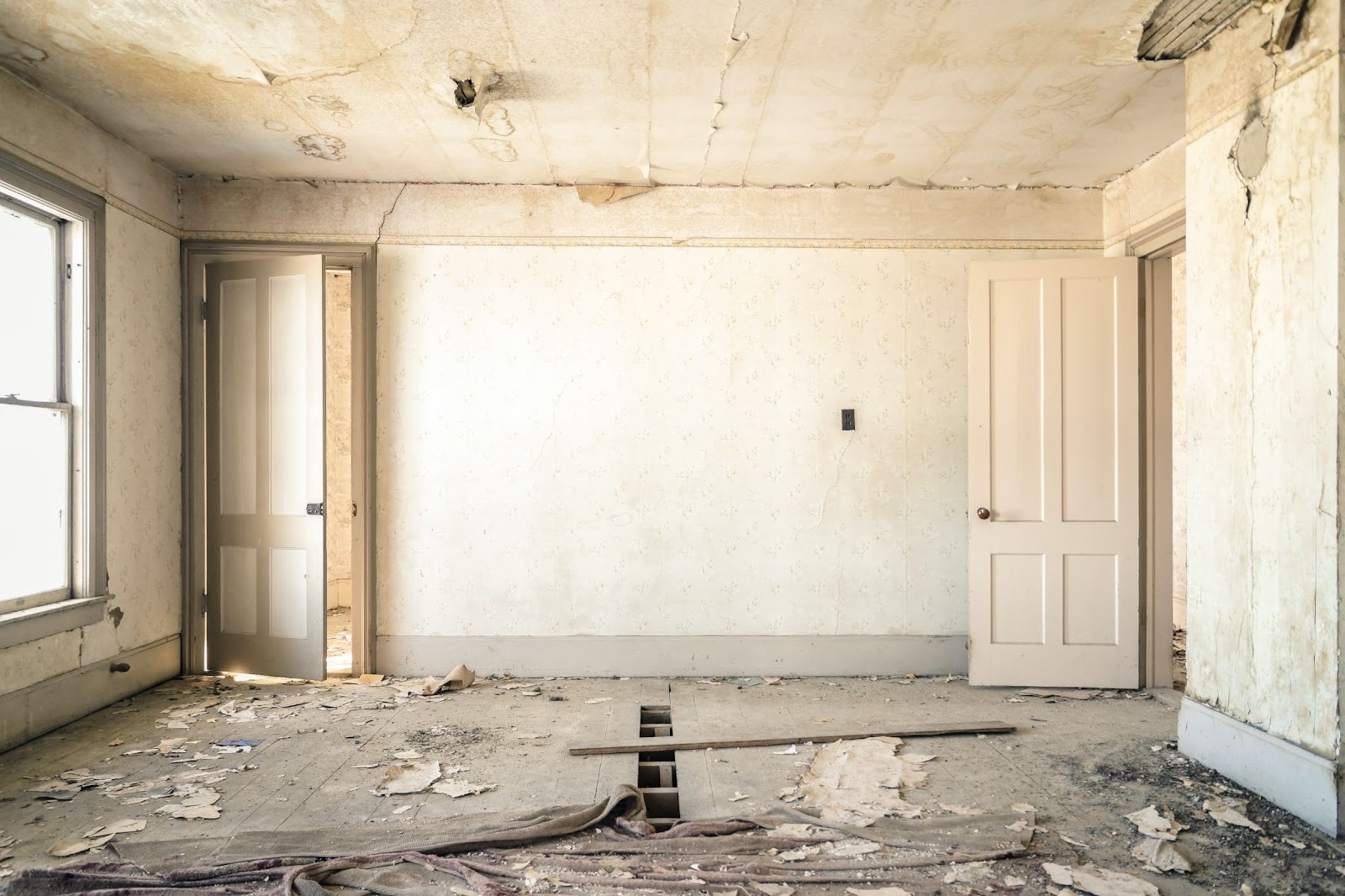
Now if you are ready, let’s dive into the checklist. Here are the 8 items to cross off when renovating your house.
- Exterior & Outside Space
- Floor Plan & Layout
- Flooring
- Electrical
- Plumbing
- Bathroom
- Kitchen
- Living Room
1. Your Home Exterior and Outdoor Space
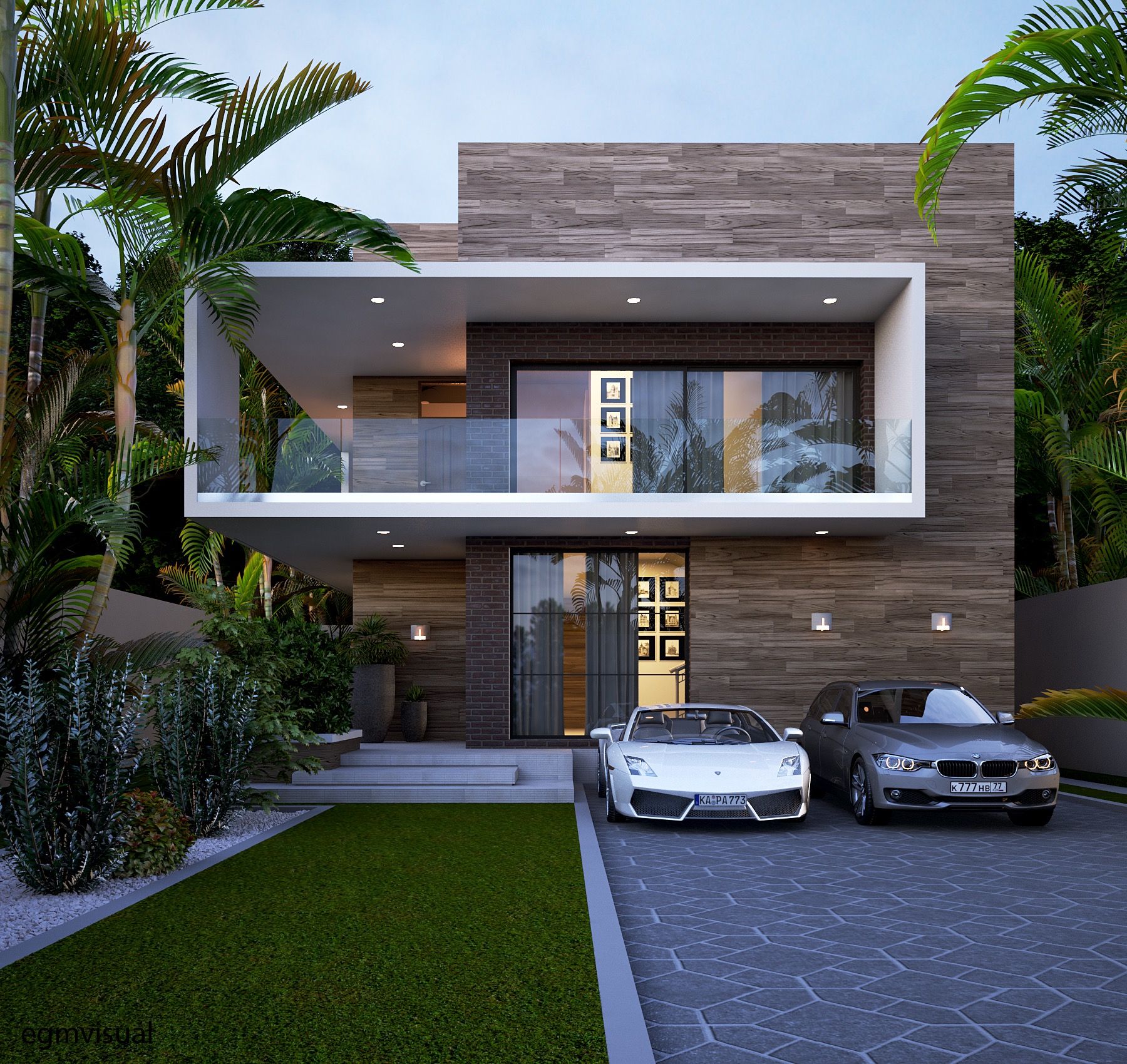
It is always recommended to start planning your home makeover from the outside. From there, you work your way inside.
Start with the roof.
With our tropical weather in Malaysia, with sun and rain throughout the year, your roof should be the first thing to consider. Are there any leaks? Are there faulty installations or parts (like a gutter, downpipes, roof tiles) that need replacing?
If you neglect your roof, you risk getting your interior makeover destroyed because of leaks later on.
Move on to windows & doors.
Assuming you are renovating a sub-sale house, you might want to consider keeping the windows and doors. These parts, wooden doors especially, are things that can be fixed instead of replaced entirely.
Check their condition and see if they have to be replaced.
Garden and curb decorations.
In a home renovation project, you’d want to focus on wet works before moving into finishings. However, you must plan your garden and curb decorations in advance.
What is the layout you’re aiming for? Is the design practical?
When working outdoor, remember to always work with the end in mind.
What if I’m renovating a new condominium?
A great question.
In this case, before you start planning, here’s one important term you need to know – defect liability period (DLP)
DLP is a mandatory warranty period of 24 months after you take possession of your property, where the developer will be responsible to fix any defects, shrinkage, or faults.
The warranty period will only start counting once you take possession of the place (the day you receive the key to your property).
So, the first thing off your renovation checklist is to inspect your condo for any defects. Note down the defects you spotted and report it back to the condo management. 24 months may seem like a long time, but make sure to expedite it early.
2. Overall Floor Plan and Layout
After noting down changes required for your home exterior or any obvious defect you spotted for your condo, it’s time to look indoors – your home layout.
It is important to be familiar with your home layout especially if you’re planning to add additional space to the existing layout.
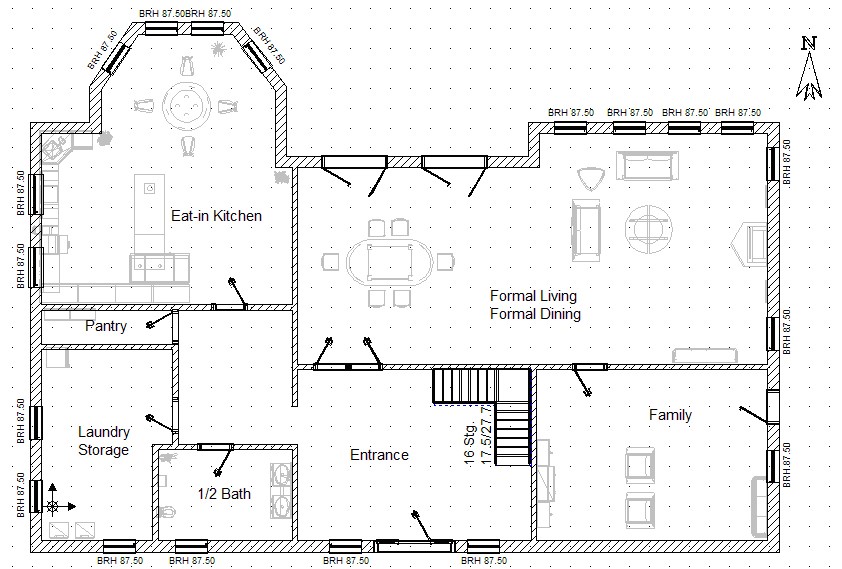
Your contractor or interior designer should be able to help draw a house layout plan for you. Some interior designers do this for a fee. And there are also contractors who would do this as a service, included with their renovation cost.
But do note that for any extensions or additional rooms, you may need to consult your developers for permission, if you are renovating a condominium. For landed houses, unless the changes affect the structure of the house, you can proceed without an approved plan from the state government.
Remember, any changes you make will be permanent, so careful pre-planning must be done beforehand.
3. House Flooring
Next, move into your flooring. The appearance and texture of your flooring can make a big difference in how you want your home to feel.
Flooring decisions should be on top of your checklist as any major choices you made here will influence the style of your home decorations.
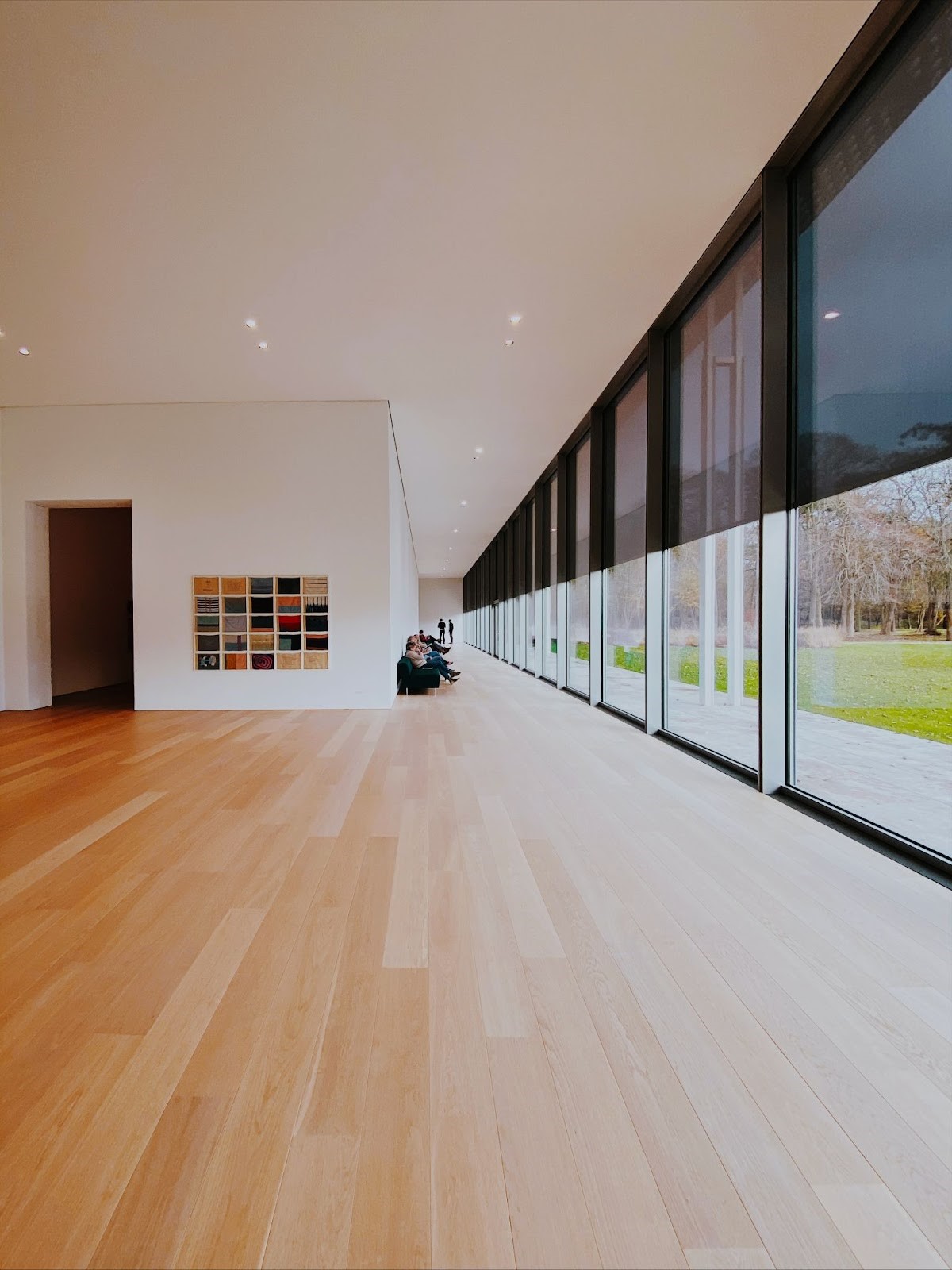
A usual and affordable choice for most homeowners is to use tiles for their flooring. So early on, it’s important that you consider the type of tiles to use in the different rooms and spaces in your home.
While some homeowners find solid timber flooring to be expensive and require lots of maintenance, you can also opt for laminated flooring.
The bottom line is to be really clear on the choice of flooring that you can install. Here are some additional questions to consider for flooring options:
- Are you carpeting the rooms? If yes, how can you compliment the carpeting to your floor and the overall aesthetic of your home?
- Are you planning to change the tile of your floors?
- Perhaps you’re more interested in laminated flooring?
4. Electrical Wiring
Next, depending on the age of the house you’re renovating, you might need to do a re-wiring for the electric cables.
No matter the quality of the electric cables used when the house is constructed, they will degrade over time. This can get dangerous and cause house fires.
In fact, this is where most homeowners typically overlook.
First, check for the main power distribution MCB (miniature circuit breakers) board. Is it a single-phase or three-phase power supply? Depending on your house size, our rising consumption of electrical appliances such as air-conditioners, refrigerators, and water heaters, means it may be wiser to opt for a three-phase power supply. Checkout our store for electrical appliances.
The wiring for single-phase and three-phase, including the power distribution box is different, so you need to decide this early. Check with your contractor to see your options.
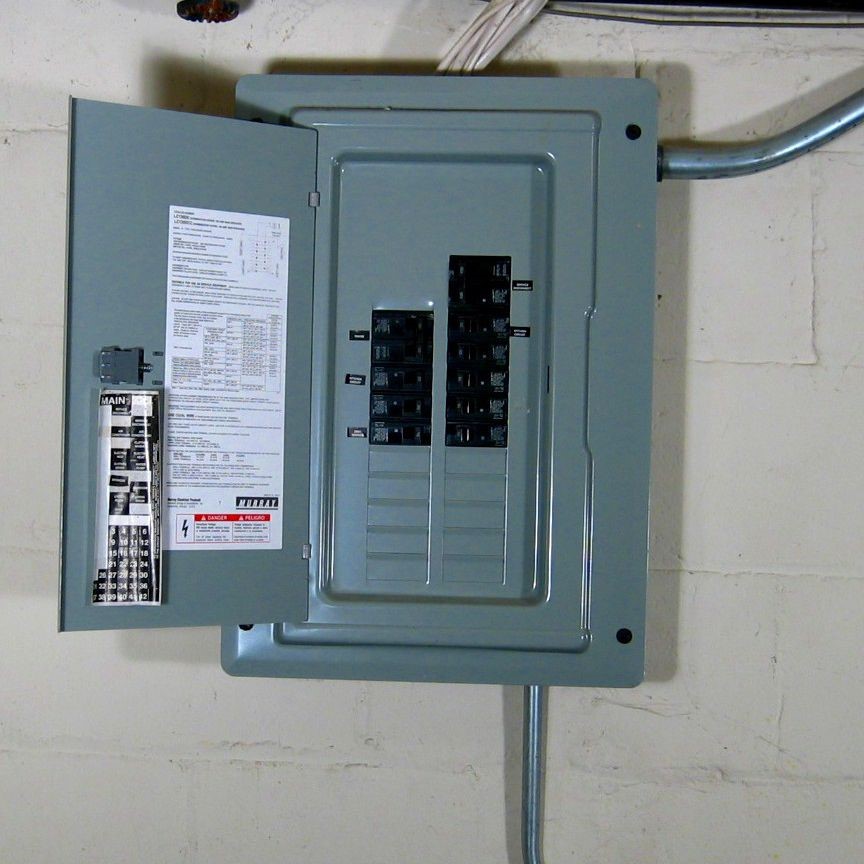
Protip: Inside the panel, you’ll have access to all the circuit breakers and they can be controlled by a lever (ON or OFF). Each breaker will be labeled. The labeling will tell you which area the circuit breaker is serving.
TNB Malaysia has guidelines when it comes to navigating the circuit breakers at home. Be sure to go through the guide before attempting to navigate the power distribution board or circuit breaker at home.
Next, if you’re planning to re-use the electric sockets, check if they are working properly. If you’re a fairly technical person, you can check by using a test pen. Simply plug the test pen into the live point of the socket and place your thumb over the touch pole.
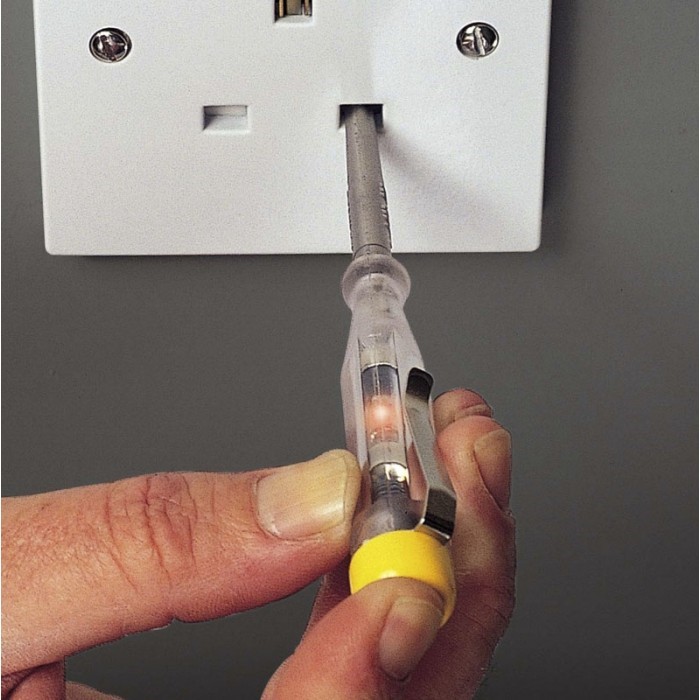
Caution. If unsure, please consult a qualified technician.
Then, also check for all the existing light fixtures and fittings. Assess whether they are sufficient for your home and if there’s any defect.
Lastly, see if there is a need to install additional electrical sources and sockets around your house. Planning early for electrical wiring is crucial if you like to conceal wires into your wall before working on the finishing.
Again, we must stress that electrical work can be technical. If in doubt, always consult your contractor or hire a technician for the job.
5. Wet Works and Plumbing
For plumbing works, unless you are renovating an old house, you usually only need to perform simple maintenance checks, particularly in areas involving your bathroom and kitchen area.
Areas to look out for:
- Check for old or worn-out pipes (if any) and replace them.
- Replace fixtures such as taps, if required. See here for more options.
- Check areas more prone to leaks, such as the bathroom, sinks, and toilets.
Lastly, if your budget allows, have a professional to check on your sewer system and perform any cleaning, clogging or maintenance works.
Now that we’ve gone through the fundamental stuff, let’s look into your living space.
6. Bathroom Floors and Sanitary Wares
To start, let’s begin with your bathroom area.
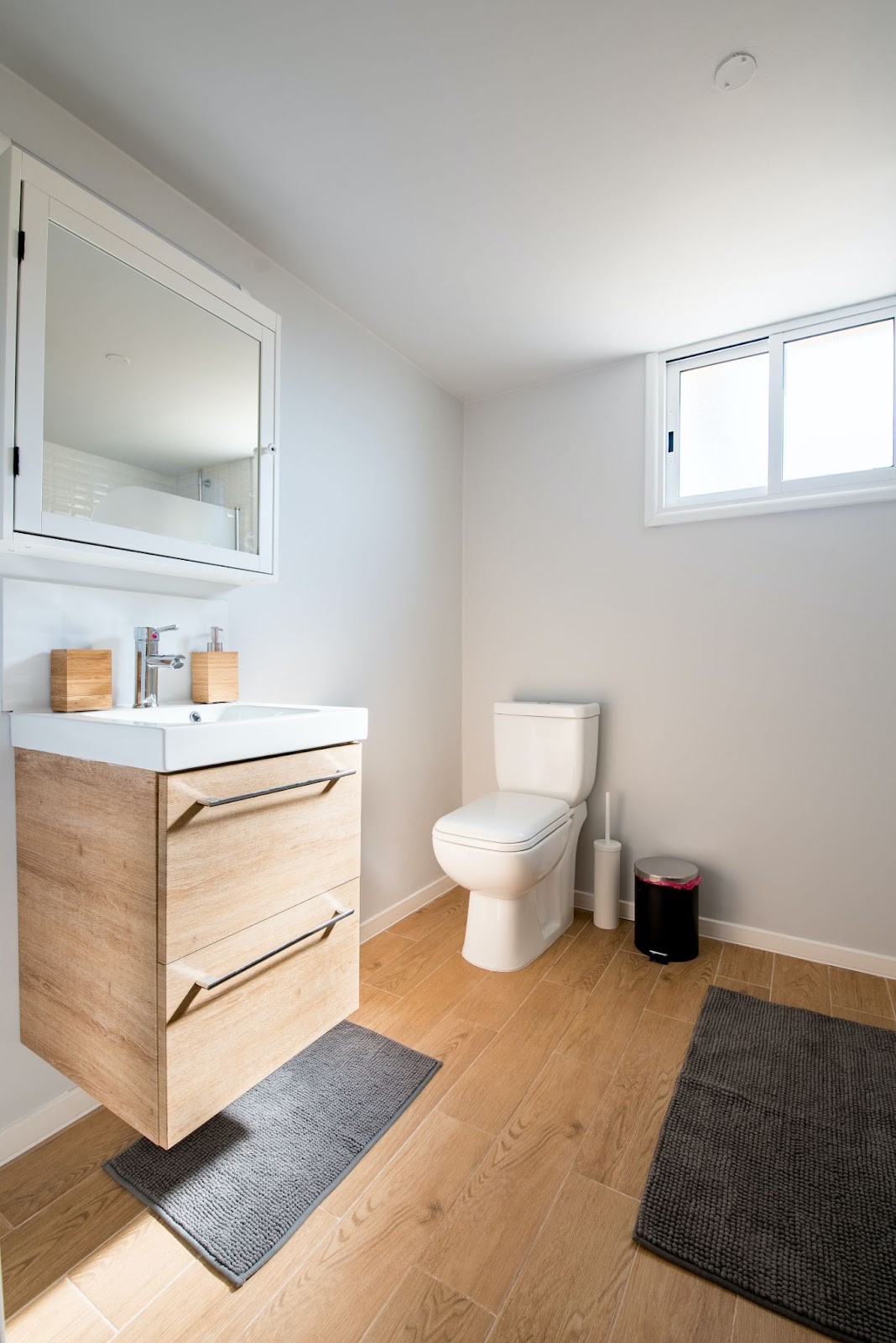
Check whether the bathroom floor, water closet, shower area, and other sanitary ware-related items (Hyperlink to Sanitary Products Shop) are in good shape.
Go through some of the checklist items below:
- Ventilation adequacy inside your bathroom. Do you need to install an extra ceiling fan?
- Storage space for toiletries. Is the existing one enough? Or do you need an extra built-in-the-wall shelf (also known as a wall nook).
- Bathroom countertop. Will you be re-using the countertop or building a new one?
Do note that changes you made to the details of the grout or design of the bathroom will have a huge difference in your renovation budget.
7. Your Home Kitchen Design
Next, kitchen renovation, another area that can potentially take up a huge amount of your budget.
From kitchen cabinets to cooking facilities and kitchen utensils, be sure to plan properly on how you want to renovate the space especially if you plan on cooking a lot.
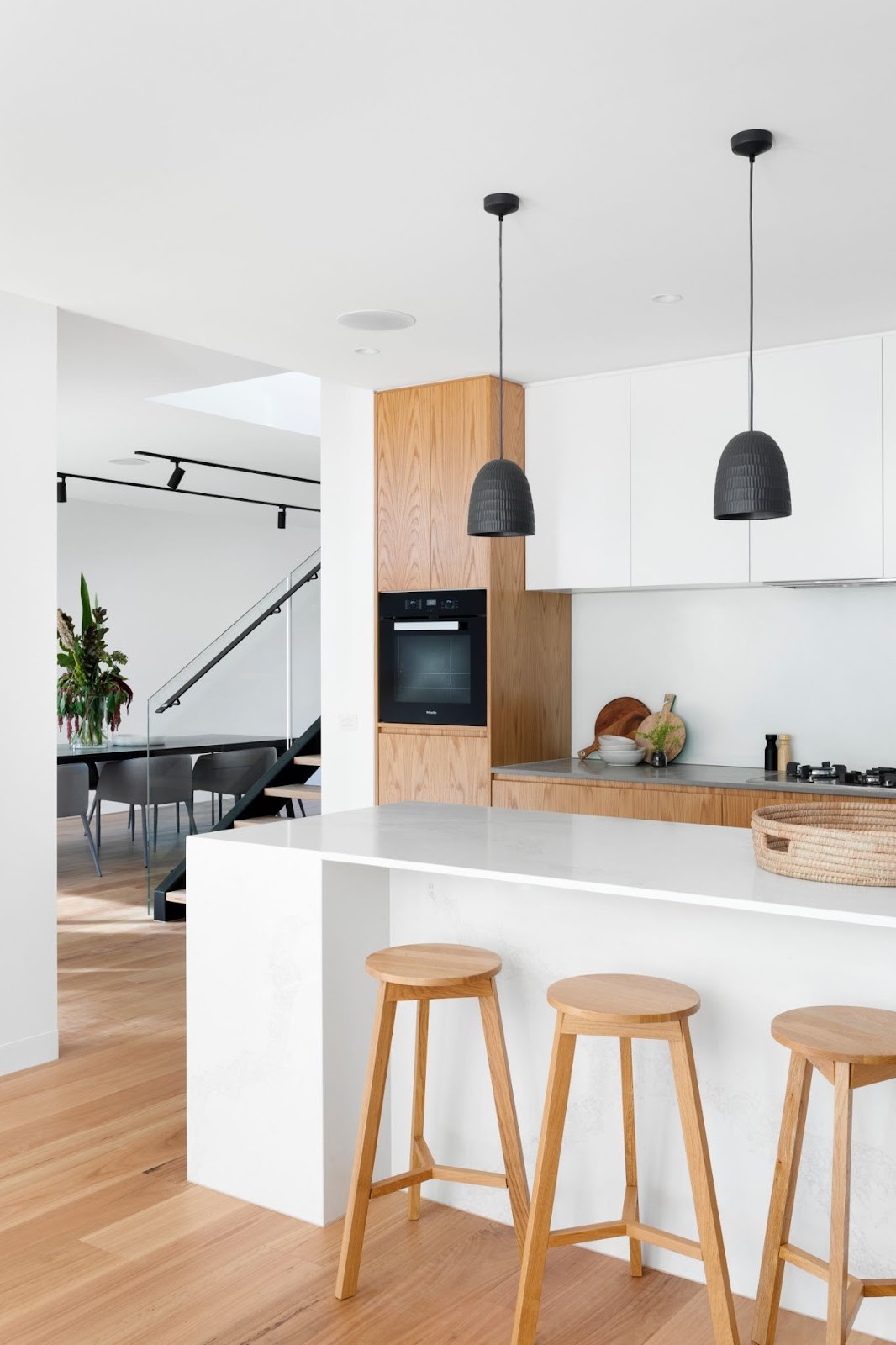
Here are some things to note when planning the renovation for a kitchen:
- What is the end goal of the kitchen? Will heavy cooking be done?
- Is the kitchen used just for cooking or for sitting and entertaining too?
- Is there ventilation for the fumes and smoke?
- What would be your kitchen backsplash?
- Is there an area to place fire extinguishers in case of a kitchen fire?
Renovating a kitchen is a large-scale project. As with renovating other parts of your house, it starts with having a budget. With a budget in place, you can begin to determine the type of materials for your kitchen backsplash and countertops, including the appliances you can install in your kitchen.
8. Your Living Room
Lastly, your living room – the heart of every home. It is also where most homeowners tend to spend the bulk of their renovation budget, since this is the first space they see upon entering the house.

Ideally, a living room design is designed around the furniture placed in the room. The location of the sofa, television, and coffee table, for instance, determines the main activities in the room.
Here are the essential things to look for when planning for a living room remodel:
- Layout plan– Where is the main activity in the room?
- Furniture– Start with looking at the furniture that you are planning to place in the living room. Design the room around the furniture.
- Walls and ceilings– The height of the ceiling and surrounding wall plays a huge role on the feel and function of a living room. Adding more walls brings the feeling of an enclosed space in the living room.
- Windows & lighting – Your living room is the best place to allow large windows to have natural sunlight coming in. Plan an appropriate location for the windows, while making sure the sunlight does not compete with the main activity areas.
- Media & entertainment– Most houses in Malaysia will feature a television in the living room. Think about the potential media and entertainment systems you’ll have in the living room. For example, if you plan to install a surround sound system, you could plan ahead to have the running wires concealed.
Although we’re planning the living room layout around the furniture you’ll put in the space, it’s important to structure the living room before you purchase the furniture. This is because while furniture can be easily replaced, altering the structure of the living room is going to be much harder.
Pro tip: If you prefer to have a spacier living room, then we would recommend you to push all your large furniture against the wall. This will allow for more convenient movement. But if you like it to be more intimate, then pull your furniture away from the wall. This will help limit the space and foster a more intimate space for conversation.
What about bedrooms?
Similar to the living room, the checklist is almost the same but without the entertainment system.
And obviously, you’ll need to add bedding to your list as well. You will need air ventilation appliances like ceiling fan or standing fans or even air- conditioners (hyperlink to renovation category)
Conclusion
After you have gone through the checklist, set a budget for the entire renovation project.
Then approach an interior designer or contractor to help you with the renovation project. It will be much easier and smoother to work with your contractor when you have a proper plan, checklist, and budget.
We hope this brief checklist is helpful in helping you plan for your upcoming renovation project. At 31Hardware, we help homeowners save renovation and furniture costs by offering good quality items & materials.
These materials are not to be confused with old and unwanted materials. Rather, they are usually new tiles, ventilation blocks and sanitary wares that we have retrieved from completed or failed construction projects with excess building materials.
Feel free to write your questions in our Live Chat. Our team would be happy to assist you. Happy renovating!


